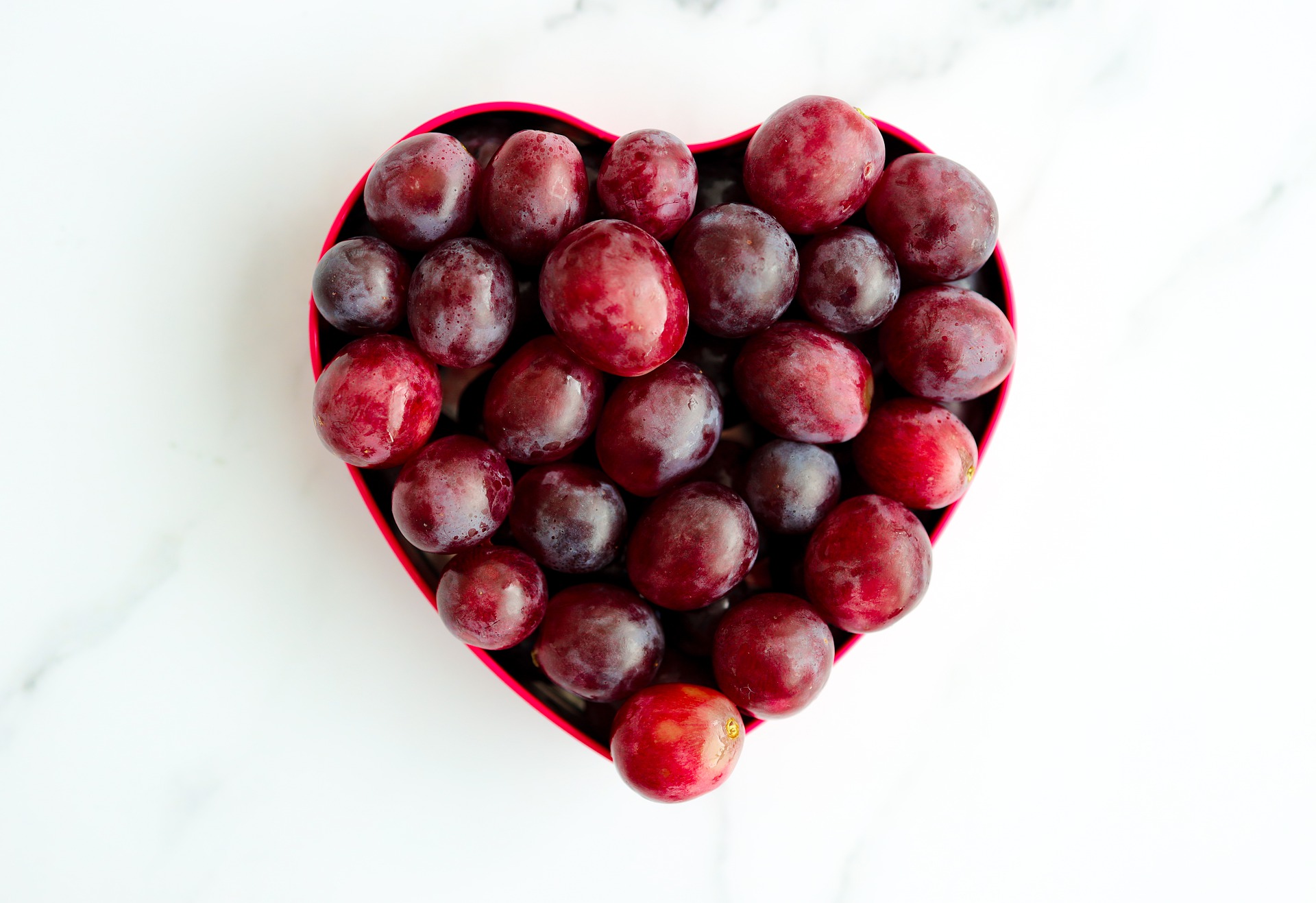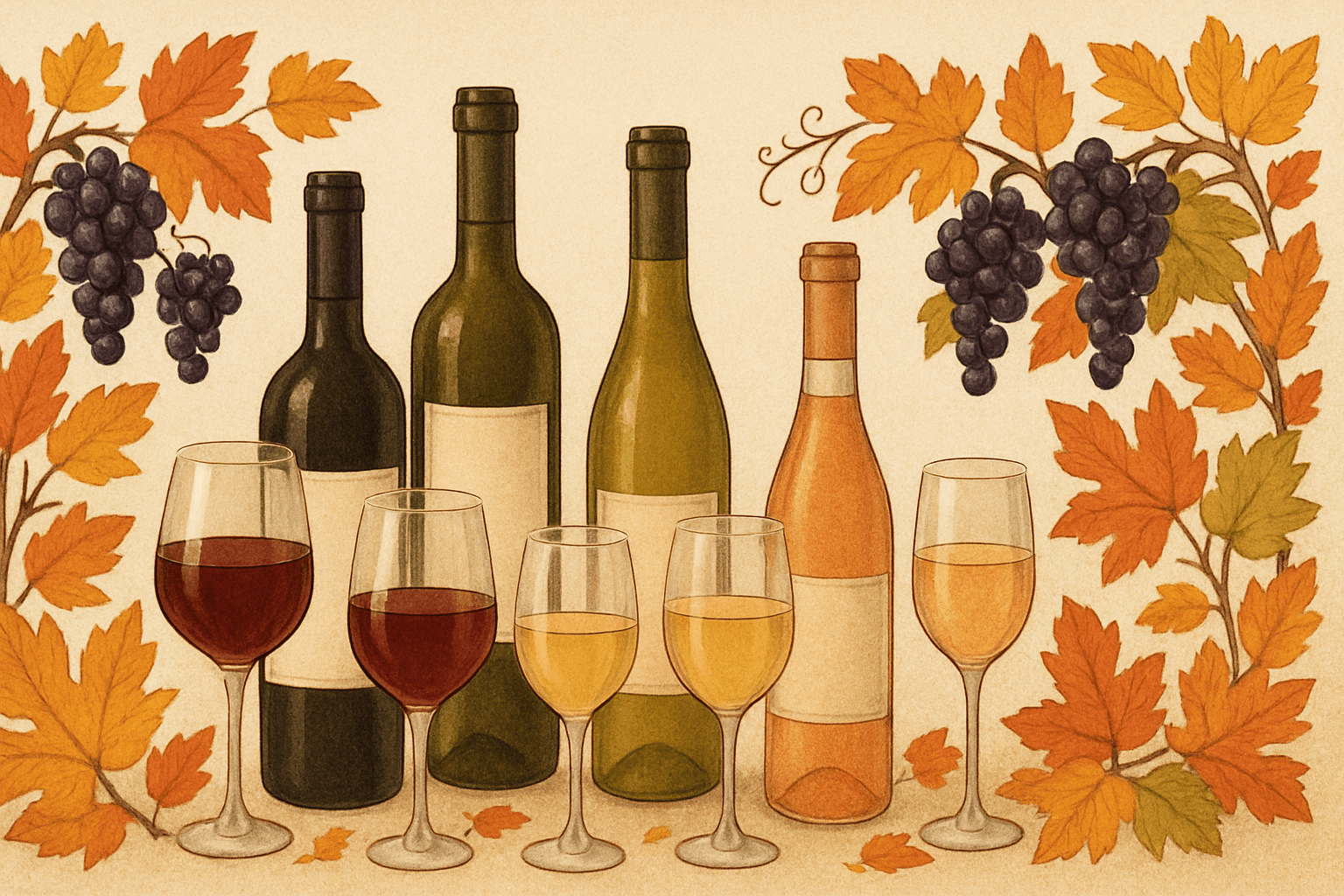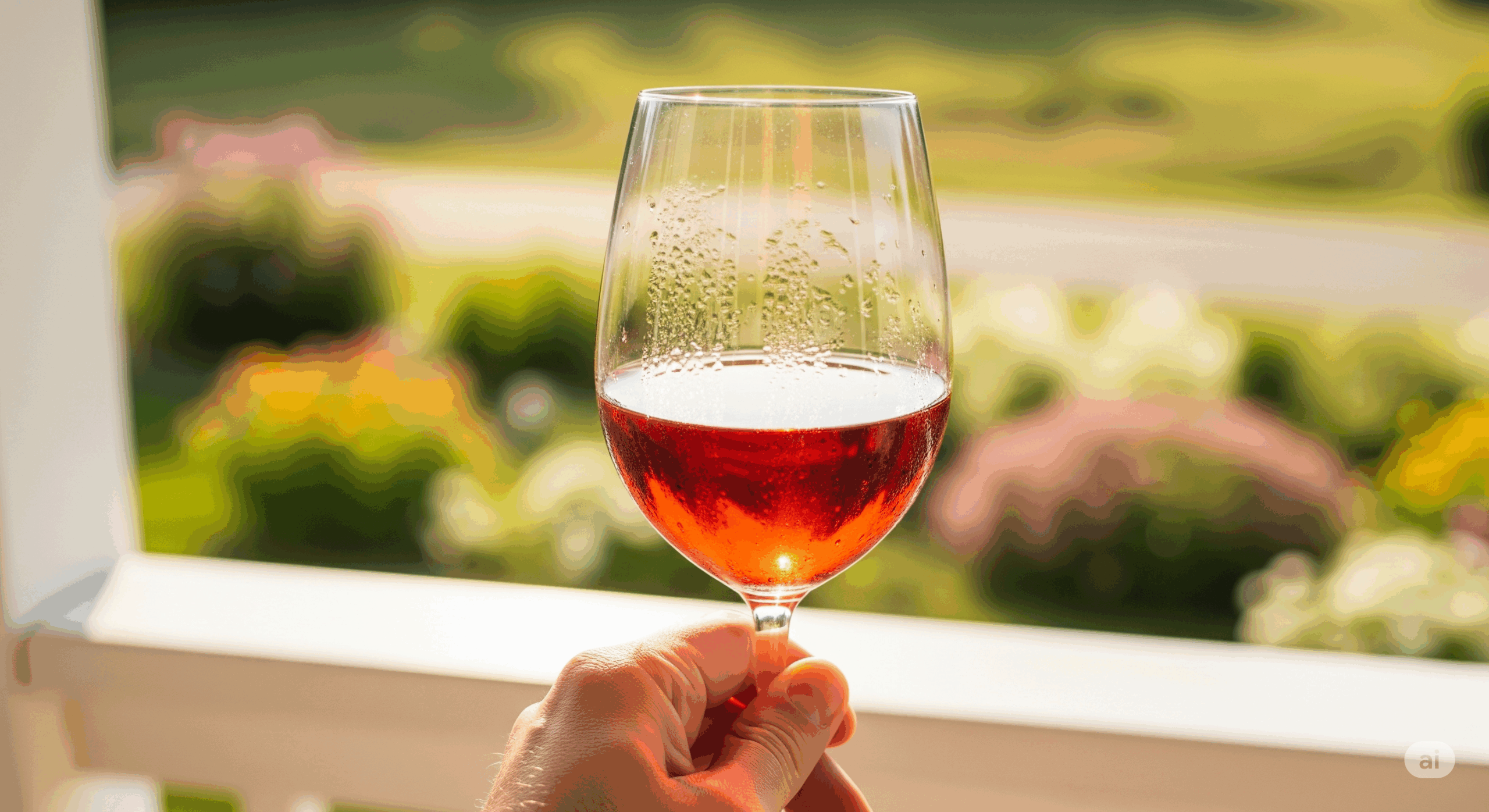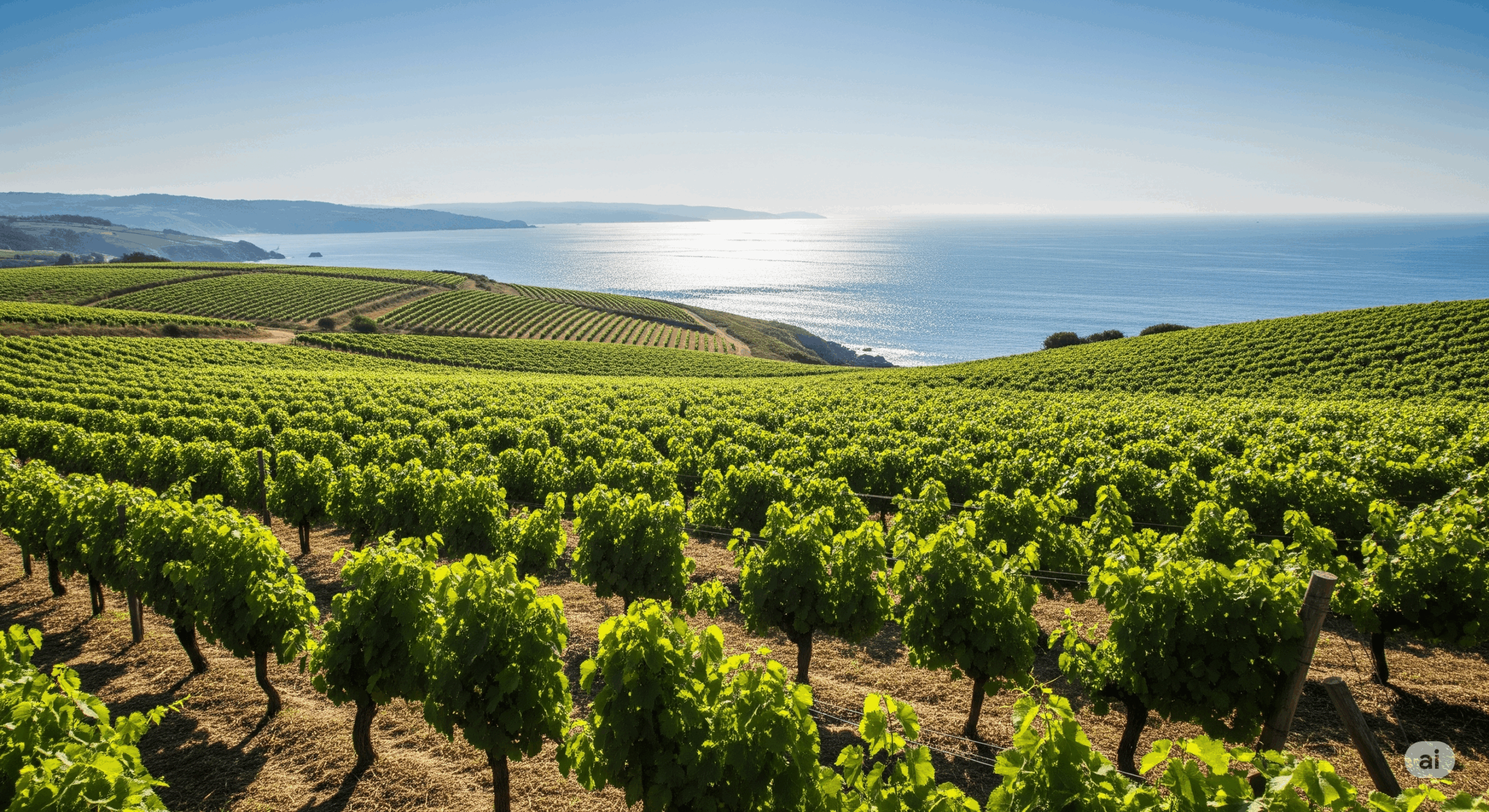Is wine good for me? It’s an age-old question and respected medical professionals sit on both sides of the fence. So, we’re not going to touch that topic today! It requires far more attention than I have while juggling work, homeschooling, and keeping my family from opening up Thunderdome during lockdown.
But, given that many of us are digging deeper into our cellars lately, I thought we could benefit from some tips on choosing the healthiest wines. So, here we go. Which wines will come out on top? Let’s find out.
Dry Isn’t Bad
“Dry” is wine lingo for not sweet. This means the wine has little to no residual sugar (think carbs!). So, how do you tell if a wine is dry? Some labels will use the word “dry” or translations thereof (like “sec” for French or “trocken” in German), but there is no guarantee.
The next best thing is to use alcohol content as a proxy (since all labels must list it). Less alcohol usually means more residual sugar and wines with less than 11% alcohol by volume (ABV) tend to be sweeter.
The best way to determine sweetness, however, is to read a wine’s tech sheet. If you have the chance to do some research before purchasing, search for wines below 1% sweetness. This is universally considered dry. It is equivalent to 10g/L of residual sugar or 2 carbs per 5 ounce serving (150mL).
Since the average drinker can’t tell the difference between 1%-2% sweetness, don’t trust your taste buds unless you’re trained. Once you hit 3% sweetness, you’re in the off-dry or semi-sweet territory and 5% sweetness is where noticeably sweet wines start. Dessert wines are somewhere in the range of 7%-9% sweetness.
Alcohol Content: Less Is More
As noted above, residual sugar and alcohol sit on opposite sides of a seesaw. As one goes up, the other goes down. The general standard for low alcohol wines is 12.5% ABV for whites and 13% for reds. So, the goal is to find a good balance between alcohol and residual sugar.
Polyphenols: More is More
Antioxidants in wine called “polyphenols” play a big part in wine’s claim to health-benefit fame. They protect against the harmful effects of free radicals, which can lead to aging, inflammatory diseases, and even cancer.
While wine contains all types of beneficial polyphenols (e.g., Quercetin, Anthocyanins, Procyanidins, Ellagic acid, and Catechins), the most widely studied polyphenol is Resveratrol. In lab studies, scientists have found that Resveratrol offers such benefits as:
- fighting cancer, by inhibiting cancerous cell growth;
- fighting cardiovascular disease, by preventing blood-vessel damage, lowering bad cholesterol, and raising good cholesterol;
- battling Alzheimer’s, by helping to slow the disease’s progression and clearing out harmful plaque buildup in the brain;
- staving off type 2 diabetes, by helping regulate insulin; and
- reducing inflammation-related health issues, such as lung disease and mental health disorders.
Polyphenols found in wine come from the grape skin, seeds, stems, and even the oak barrels used for fermentation. Because red wine is fermented with these components longer than whites, reds contain more polyphenols.
Consider Natural Wines
This is a blog unto itself. Organic? Biodynamic? Natural? The terms are not always equivalent but drinking a wine as close to unadulterated fermented juice is something to consider in your quest for the healthiest wine. To dig deeper, you can check out our blog on the topic.
Measure and Moderation
Just because a wine is healthier doesn’t mean you’re at liberty to chug the entire bottle. Managing your wine intake is important since overindulgence can lead to all sorts of health problems. The old saying “too much of a good thing” rings clear! Fortunately, The American Heart Association, National Cancer Institute, and National Heart, Lung, and Blood Institute have provided some guidance:
- Women can have 1 glass per day;
- Men older than 65 can have 1 glass per day; and,
- Men 65 and younger can have 2 glasses per day. The increased limit for men in this age range is largely due to bigger body mass and increased enzymes that metabolize alcohol.
Finally, the definition of “a glass” doesn’t mean as much wine as you can fit in any glass. Guidelines define it as 5 ounces (150 mL) of wine. A simple rule of thumb is 5 glasses equals a standard bottle of wine.
What to Drink?
Taking all these factors and balancing them out, we came up with the following Wine Health Pyramid to help guide your choices. As you can see, dry reds provide the biggest health bang for your buck. They tend to be lower in residual sugar, low to moderate in alcohol volume, and loaded with polyphenols. You can also find a good balance in residual sugar and alcohol in some orange, rosé, and dry whites. As you move up the pyramid, however, the number of polyphenols goes down dramatically since the wines progressively have less contact in wine production with grape skins, seeds, etc. Of course, sweet wines sit at the tiniest tip of the pyramid because they throw everything out of balance and should be considered a treat; we all need our cheat wine, right!
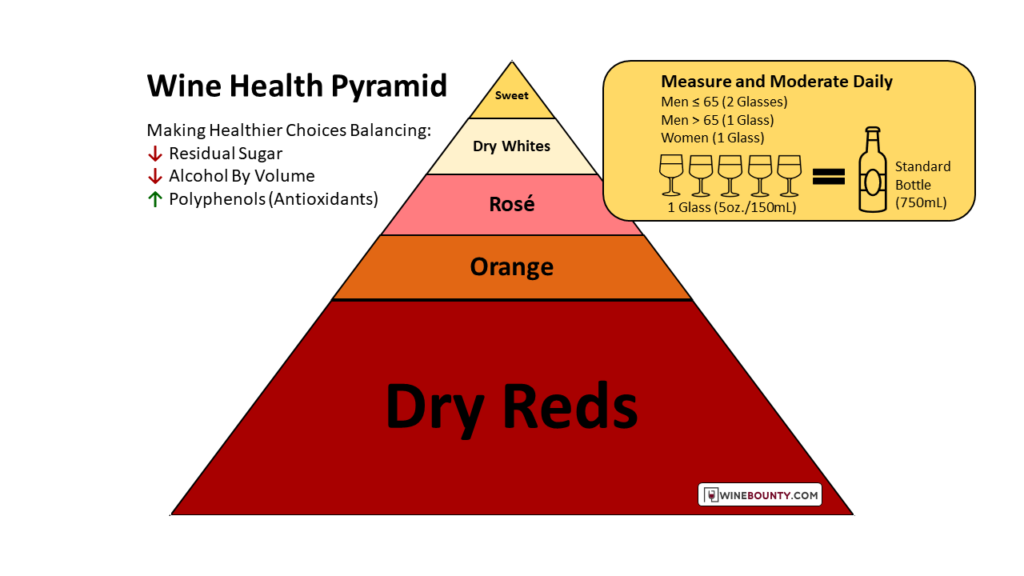
If you are hardcore about health and want to try the absolute healthiest wine varietals out there, here are a few dry reds that have good balance between residual sugar and alcohol and 2-6 times the amount of polyphenols as other more popular varieties:
- Sagrantino (Umbria, Italy)
- Tannat (Madiran, South-West France and Uruguay)
- Marselan (A rarity found in tiny amounts in France, Spain, China, Argentina, Brazil, and Uruguay)
- Nebbiolo (Northern Italy)
If you want to focus on balance and high doses of resveratrol (as opposed to all polyphenols), here is a few with high marks. Happy hunting!
- Malbec (Argentina)
- Pinot Noir (From cooler climates, like Burgundy)
- Petite Sirah (California) (But check ABV, some labels are high!)
Did you like this content? If you did, let us know and share it with your friends.
This page contains affiliate links. We receive a small compensation when you purchase through affiliate links. While clicking these links won’t cost you a cent, it will help us keep the lights on and buy more wine. To find out more, click here.

